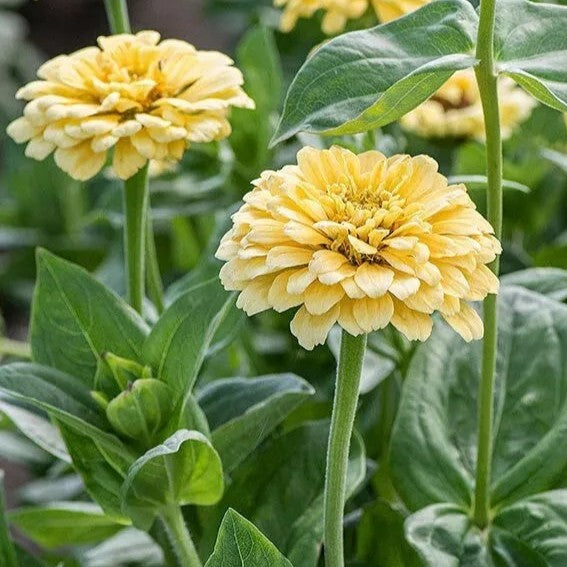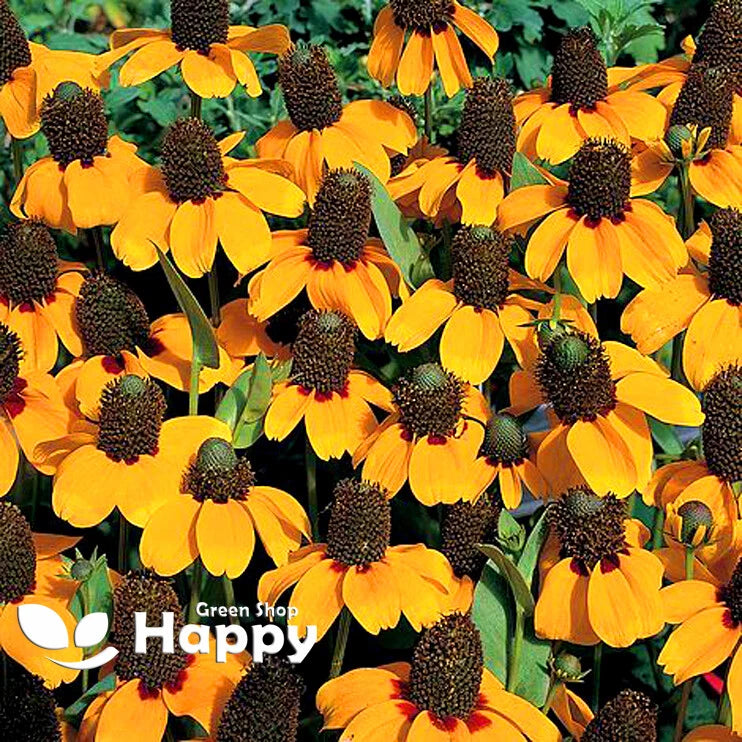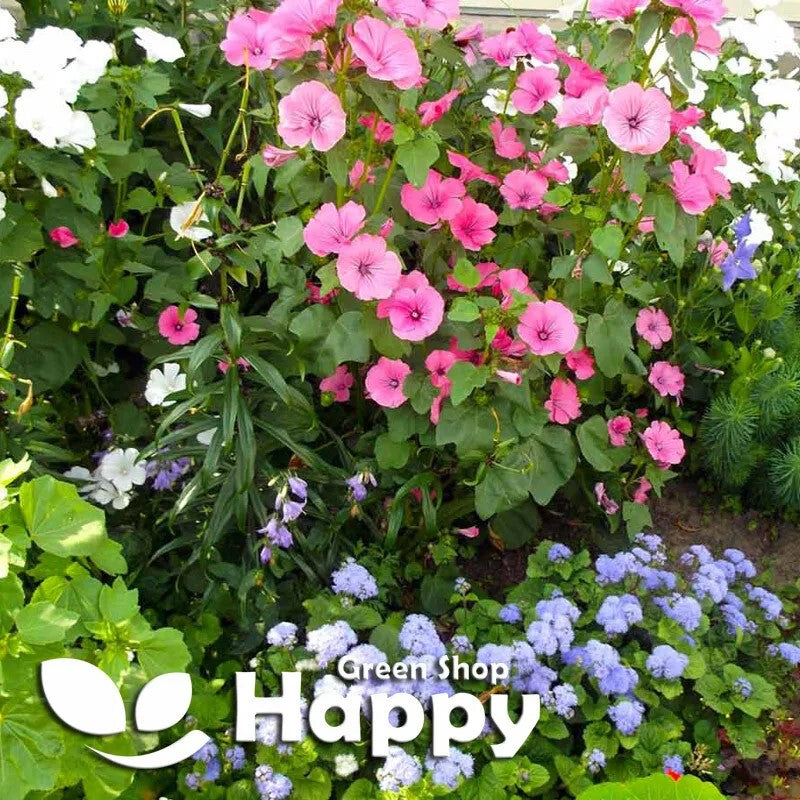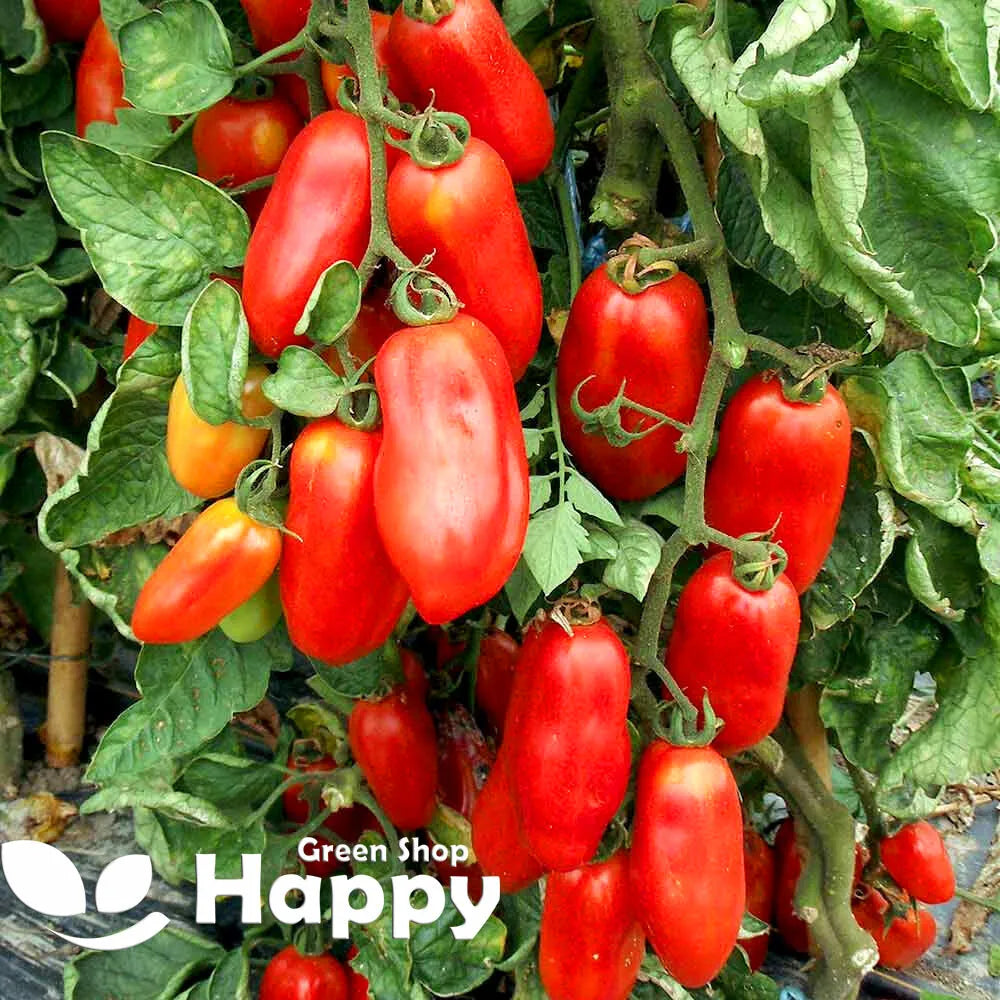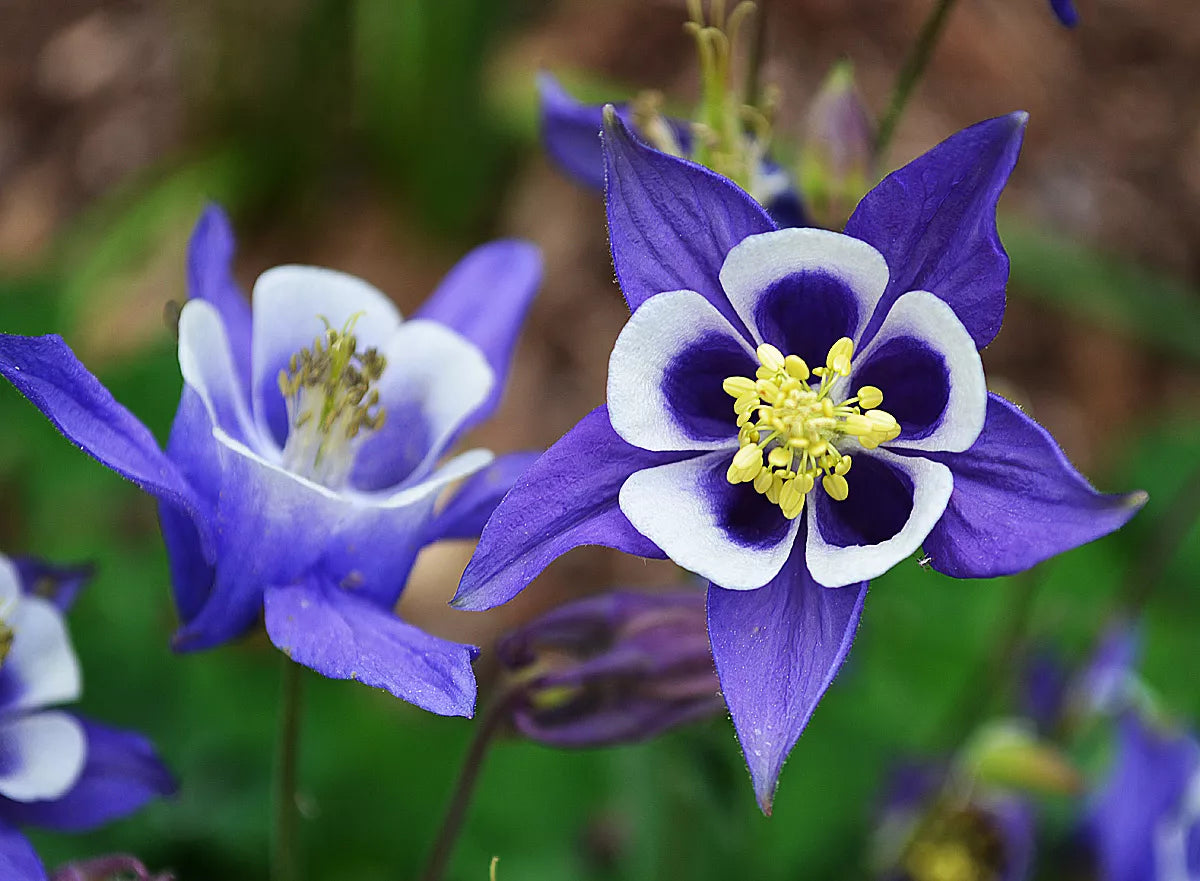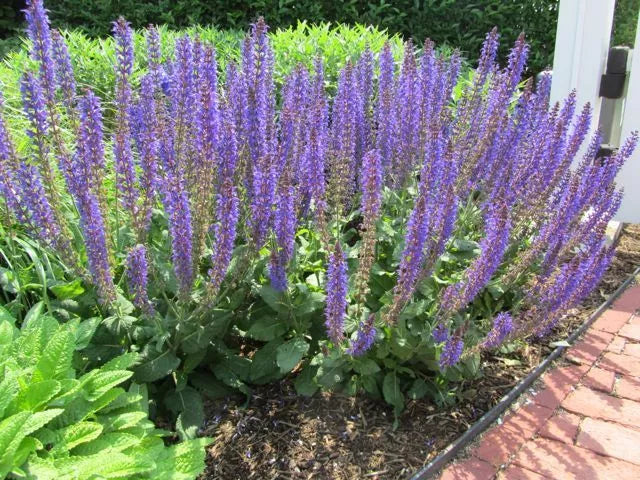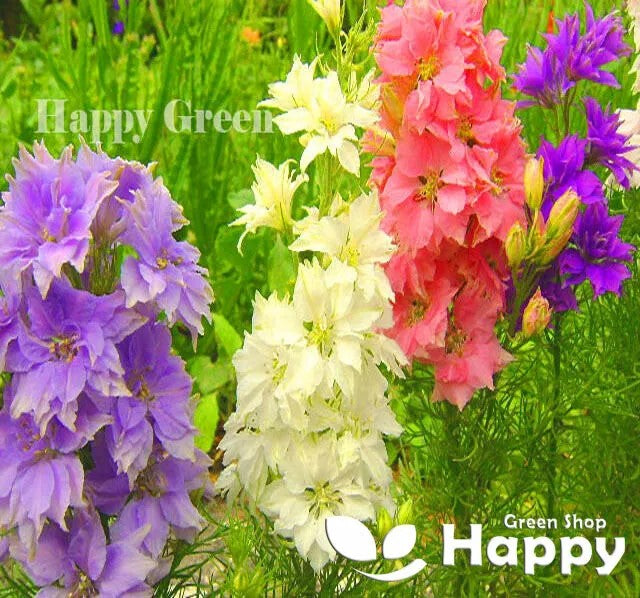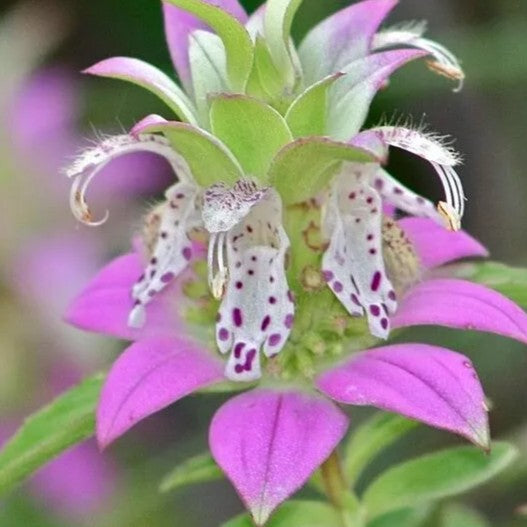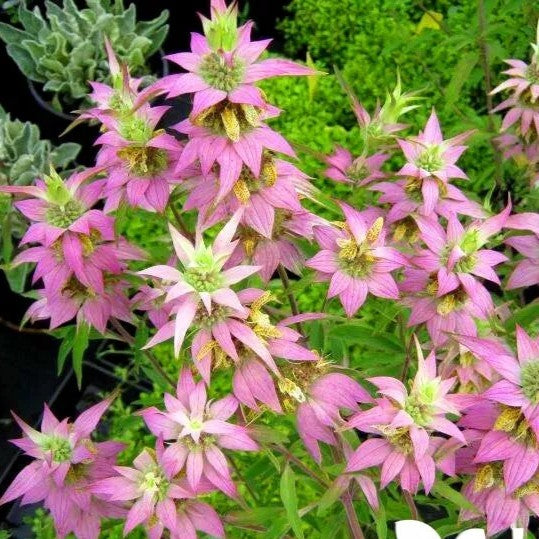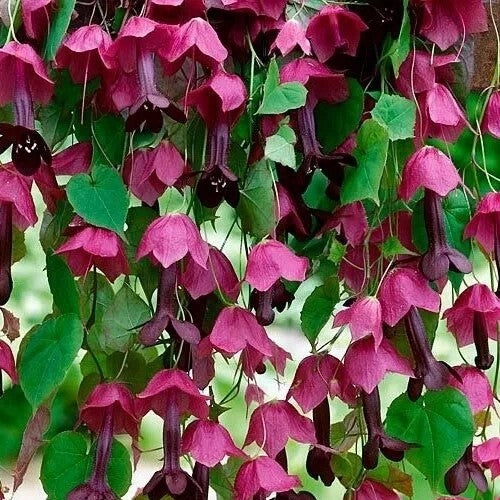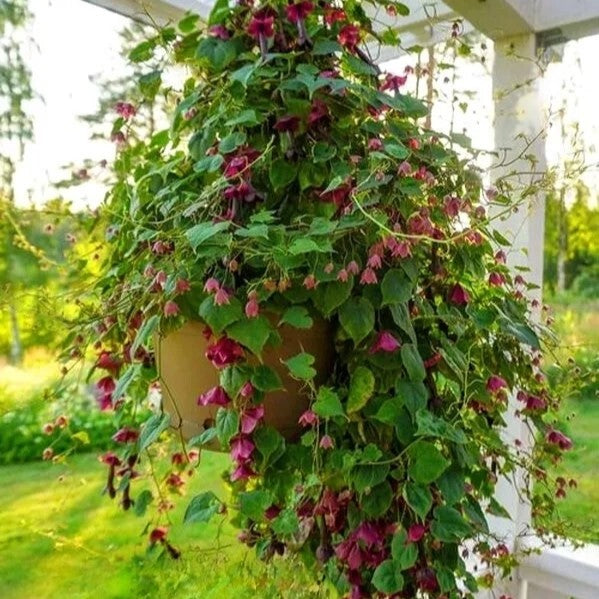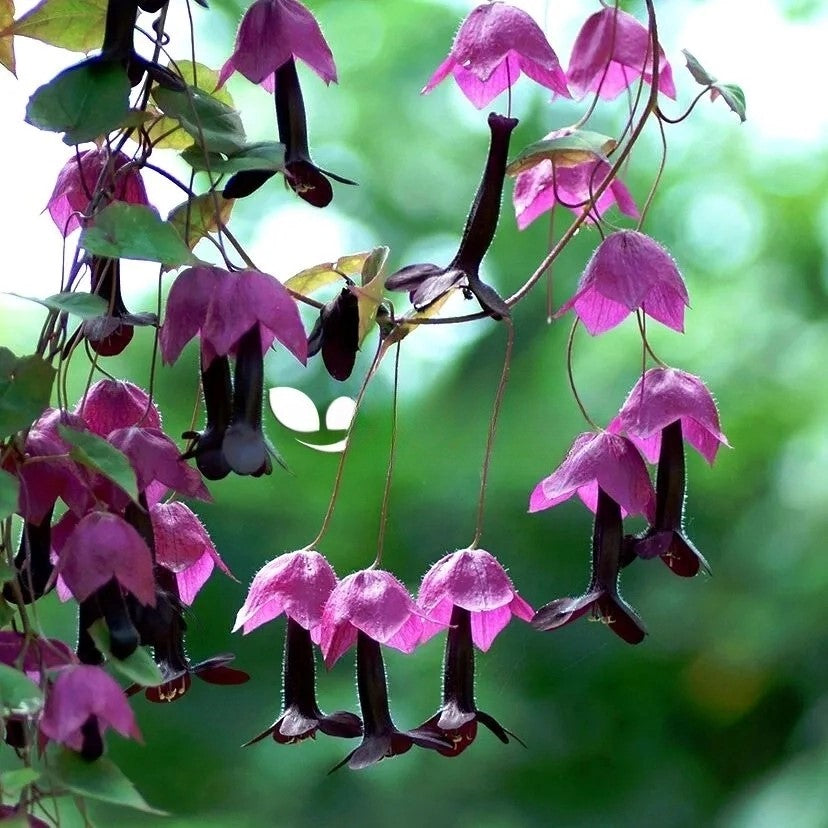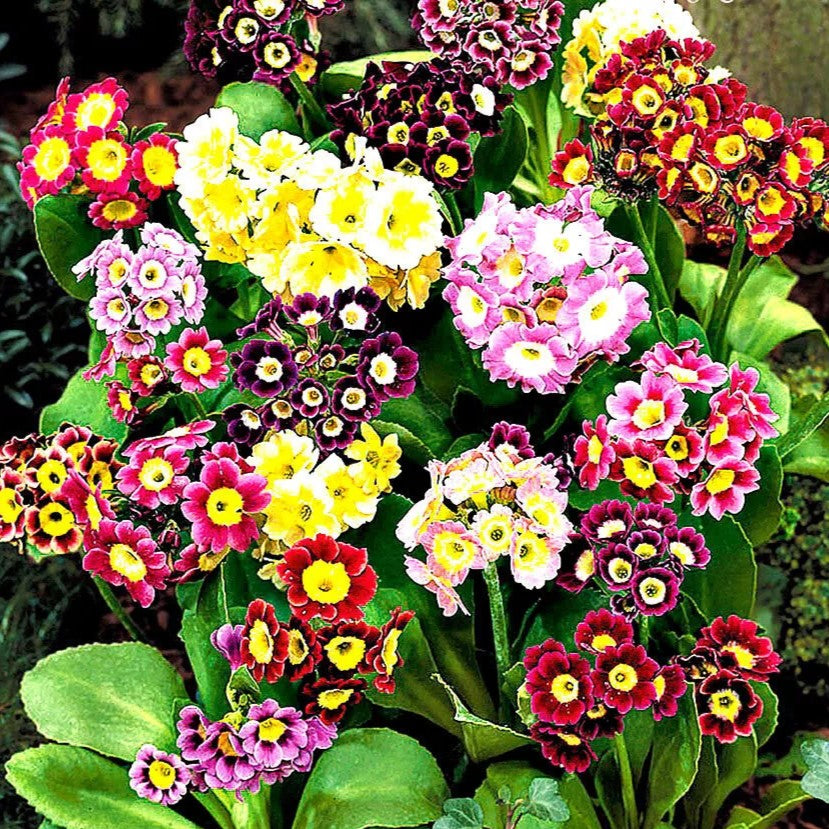Sort by:
180 products
180 products
Rudbeckia ‘Clasping Coneflower’ – Seeds (Rudbeckia amplexicaulis)
The Clasping Coneflower is a hardy annual Rudbeckia that produces masses of golden-yellow petals marked with dark reddish-brown centers. With its long flowering season and striking daisy-like blooms, it’s ideal for brightening borders, meadows, and wildflower gardens. Heat- and drought-tolerant, it thrives in poor soils and attracts bees and butterflies.
Why Grow Clasping Coneflower?
-
Bright golden-yellow flowers with dark centers
-
Long flowering season, summer into autumn
-
Attracts pollinators
-
Easy to grow, drought-tolerant
Key Features
-
Type: Hardy annual
-
Height: 60–90 cm
-
Flowering: June–September
-
Position: Full sun, well-drained soil
-
Uses: Borders, meadows, wildflower gardens, cut flowers
Ideal For
-
Naturalistic and wildflower plantings
-
Low-maintenance garden borders
-
Pollinator-friendly spaces
Sowing & Growing
-
Sow outdoors: April–June directly into prepared soil
-
Germination: 10–20 days at 18–22°C
-
Thin seedlings to 20–30 cm apart
-
Deadhead for prolonged flowering
Rose Mallow Mix Seeds (Lavatera trimestris)
Rose Mallow Mix is an easy-to-grow annual producing large, showy, hibiscus-like flowers in shades of pink, rose, and white. Its upright, bushy habit makes it perfect for garden beds, borders, and cottage gardens. Loved for its long flowering season and ability to attract pollinators, it adds a splash of color and elegance to any garden.
What Makes It Special
-
Large, hibiscus-like blooms in a mix of pink, rose, and white
-
Long-flowering, adding color from summer to autumn
-
Compact, bushy growth habit suitable for mixed plantings
-
Attracts bees, butterflies, and other pollinators
Key Features
-
Botanical name: Lavatera trimestris
-
Variety: Mix
-
Seed count: Approx. seeds per pack
-
Height/Spread: 60–100 cm tall, 30–50 cm spread
-
Position: Full sun; fertile, well-drained soil
-
Flowering period: June–October
Ideal For
-
Borders and cottage garden beds
-
Containers and patio displays
-
Pollinator-friendly gardens
-
Cutting gardens for fresh floral arrangements
Sowing Instructions
-
When to sow: March–May indoors; April–June outdoors
-
How to sow:
-
Sow seeds 0.5–1 cm deep in seed trays or pots
-
Germination occurs in 10–14 days at 18–22°C
-
-
Transplanting: Plant seedlings outdoors 30–50 cm apart after frost risk has passed
-
Care: Water moderately; deadhead regularly to prolong flowering
Roma Tomato 'San Marzano 2' – Seeds (Solanum lycopersicum)
The world-famous San Marzano 2 Roma Tomato is a classic Italian plum tomato variety, celebrated for its rich, sweet flavor, meaty texture, and low seed count. Renowned as the finest tomato for sauces, passata, and canning, this variety produces long, blocky fruits with thick flesh and very little water content – perfect for authentic Italian cooking. A must-have for tomato lovers and gardeners seeking reliable, heavy crops.
How to Grow
-
Sow indoors: February – April, 0.5 cm deep in seed trays or pots.
-
Transplant: When seedlings are large enough, pot on and grow in a warm, sunny spot.
-
Plant out: May – June after frost has passed, spacing 45–60 cm apart.
-
Position: Full sun, sheltered site.
-
Support: Needs staking or caging as an indeterminate (cordon) type.
Key Features
-
Famous Italian Roma/Plum tomato variety
-
Thick, meaty flesh – ideal for sauces and canning
-
Produces long, uniform fruits in abundance
-
Excellent flavor – balanced sweetness and acidity
Ideal For
-
Traditional Italian pasta sauces and pizza bases
-
Bottling, drying, or freezing
-
Greenhouses, polytunnels, or outdoor sunny gardens
Sowing & Harvest
-
Sow: February – April
-
Harvest: July – September
Quick Tip
Pinch out side shoots regularly and feed with a tomato fertiliser once flowers set to boost yield and flavor.
Rockery Garden Mixed Flower Seeds – 0.5 g
Bring charm and color to your rock garden with this delightful Rockery Garden Flower Mix. Specially selected compact, hardy flowers thrive in sunny, well-drained spots and fill rockeries, borders, and containers with continuous blooms all summer.
Why Grow "Rockery Garden Mix"
-
Low-growing, compact habit – perfect for rockeries
-
Vibrant color palette for a natural look
-
Drought-tolerant once established
-
Easy to grow and low-maintenance
Key Features
-
Type: Annual & perennial mix
-
Height: 15–30 cm
-
Flowering: June–September
-
Position: Full sun, well-drained soil
-
Uses: Rock gardens, borders, edging, containers
Ideal For
-
Rockeries & alpine gardens
-
Cottage-style plantings
-
Pollinator-friendly garden spots
-
Easy summer color with little effort
Sowing & Growing
-
Sow outdoors: April–May in prepared soil
-
Scatter thinly, cover lightly with soil
-
Germination: 14–21 days
-
Water lightly until established
-
Flowers from early summer onwards
Rocket Larkspur Mix – Seeds (Delphinium ajacis)
The Rocket Larkspur Mix is a stunning annual that brings tall, elegant spikes of pink, blue, lavender, purple, and white blooms to the summer garden. A cottage garden classic, this mix produces stately flower spires that make a striking vertical accent in beds, borders, and cutting gardens. Its graceful flowers also make excellent, long-lasting cut blooms for fresh or dried arrangements.
Highlights
-
Tall, upright spires with a vibrant color mix
-
Cottage garden favorite with delicate, airy blooms
-
Excellent cut flower for bouquets and arrangements
-
Hardy annual – easy to grow and maintain
-
Attracts pollinators
Key Features
-
Botanical Name: Delphinium ajacis
-
Variety: Rocket Larkspur Mix
-
Seed Count: [Specify count if available]
-
Height/Spread: 75–120 cm tall, 30–40 cm spread
-
Position: Full sun, well-drained soil
-
Flowering Period: June – August
Perfect For
-
Cottage gardens and borders
-
Tall accents in mixed beds
-
Cutting gardens (fresh & dried flowers)
-
Pollinator-friendly landscapes
Sowing Instructions
-
Sow outdoors March–May or August–September for overwintering
-
Scatter thinly in prepared soil, cover lightly with soil
-
Germination: 14–28 days
-
Thin seedlings to 25–30 cm apart
-
Stake taller plants if needed for support
Purplish Lilac Lemon Bee Balm Mint Seeds (Monarda punctata)
Bring a fragrant and colorful touch to your garden with Purplish Lilac Lemon Bee Balm Mint. This striking perennial produces spiky clusters of lilac-purple flowers with lemon-scented foliage, attracting bees, butterflies, and other pollinators. Easy to grow and drought-tolerant, it adds both beauty and ecological value to borders, beds, and wildflower gardens.
Why Grow "Purplish Lilac Lemon"
-
Unique lilac-purple flower spikes with lemon-scented foliage
-
Attracts pollinators like bees and butterflies
-
Drought-tolerant and easy to grow
-
Adds color and texture to borders, beds, and wildflower gardens
Key Features
-
Type: Perennial (Monarda punctata)
-
Height: 60–90 cm
-
Flowering: Summer (June–September)
-
Position: Full sun to partial shade
-
Uses: Borders, flower beds, pollinator gardens, containers
Sowing & Growing
-
Sow indoors: 6–8 weeks before the last frost
-
Sow outdoors: After frost danger has passed
-
Germination: 10–20 days
-
Space seedlings: 30–40 cm apart
-
Prefers well-drained soil and full sun for best flowering
Purple Bell Vine – Seeds (Rhodochiton atrosanguineus)
The Purple Bell Vine is a striking climber admired for its exotic, lantern-like flowers. Each bloom features a rosy-purple bell with deep, maroon-black tubular centers, hanging gracefully against lush green, heart-shaped foliage. Fast-growing and elegant, it adds a dramatic touch to arches, trellises, pergolas, or hanging baskets. Native to Mexico, this tender perennial is usually grown as an annual in cooler climates.
What Makes It Special
-
Unique pendant bell-shaped flowers with rich colors
-
Long flowering season from summer to autumn
-
Ideal for vertical gardens and decorative screening
-
Can also be grown in containers for patios and balconies
Key Features
-
Botanical name: Rhodochiton atrosanguineus
-
Common name: Purple Bell Vine, Purple Bell Flower
-
Seed count: Approx. seeds per pack
-
Height/Spread: Climbs 3–4 m with support
-
Position: Full sun or light partial shade; well-drained soil
-
Flowering period: June to October
Ideal For
-
Trellises, arches, and fences
-
Vertical garden displays
-
Patio containers and hanging baskets
-
Exotic or tropical-style gardens
Sowing Instructions
-
When to sow: Indoors February–April
-
How to sow:
-
Sow on the surface of moist seed compost, pressing gently without covering (light aids germination)
-
Keep at 18–22°C and germination takes 21–30 days
-
-
Transplanting: Pot on seedlings when large enough and harden off before planting outside after last frost
-
Care: Provide climbing support; water regularly and feed for abundant flowering
Primrose Auricula Mixed – Seeds (Primula auricula pubescens)
Primrose Auricula Mixed (Primula auricula pubescens) is a treasured perennial, admired for its velvety, jewel-toned flowers often edged with a delicate dusting of silver or white. These compact plants bloom in spring, bringing old-world charm to borders, rock gardens, and containers. Hardy and long-lived, auriculas also provide early nectar for bees and pollinators.
Why Grow "Auricula Mixed"
-
Striking mix of velvety, multi-colored blooms
-
Hardy perennial with compact growth
-
Flowers in spring, adding early garden color
-
A traditional favorite among gardeners and collectors
Key Features
-
Type: Perennial (Primula auricula pubescens)
-
Height: 15–25 cm
-
Flowering: April–June
-
Position: Sun to partial shade
-
Uses: Borders, rockeries, containers, collectors’ displays
Ideal For
-
Adding spring charm to borders and beds
-
Rock gardens and alpine plantings
-
Patio pots and containers
-
Collectors seeking unique and traditional varieties
Sowing & Growing
-
Sow indoors: January–March in trays of fine compost
-
Germination: 21–30 days at 15–18°C (may be slow and uneven)
-
Transplant seedlings to small pots when large enough
-
Plant out after frost, spacing 20 cm apart
-
Prefers moist but well-drained soil in light shade
Pot Marigold Dwarf ‘Sunset Buff’ – Apricot – 1,000 Seeds (Calendula officinalis)
The Dwarf Pot Marigold ‘Sunset Buff’ is a charming, compact variety producing apricot-peach blooms with soft golden undertones. Its warm pastel shades bring a unique elegance to beds, borders, and cottage gardens. Easy to grow and long-flowering, this hardy annual is also edible, with petals traditionally used to decorate salads or for natural dye.
Highlights
-
Distinctive apricot–buff blooms with golden tones
-
Compact, dwarf habit – perfect for pots and borders
-
Long flowering season from early summer to autumn
-
Attracts pollinators and beneficial insects
-
Edible petals for salads and herbal uses
Key Features
-
Botanical Name: Calendula officinalis
-
Variety: Dwarf ‘Sunset Buff’ (Apricot)
-
Seed Count: 1,000 seeds per pack
-
Height/Spread: 25–30 cm tall, compact growth
-
Position: Full sun, well-drained soil
-
Flowering Period: June – October
Perfect For
-
Bedding, borders, and cottage gardens
-
Patio pots and containers
-
Pollinator-friendly gardens
-
Edible flower displays and herbal uses
Sowing Instructions
-
Sow outdoors March–May or August–September for overwintering
-
Sow directly into soil, lightly cover seeds
-
Germination: 7–14 days
-
Thin seedlings to 20–25 cm apart
-
Deadhead regularly for prolonged flowering
Showing 54/180




